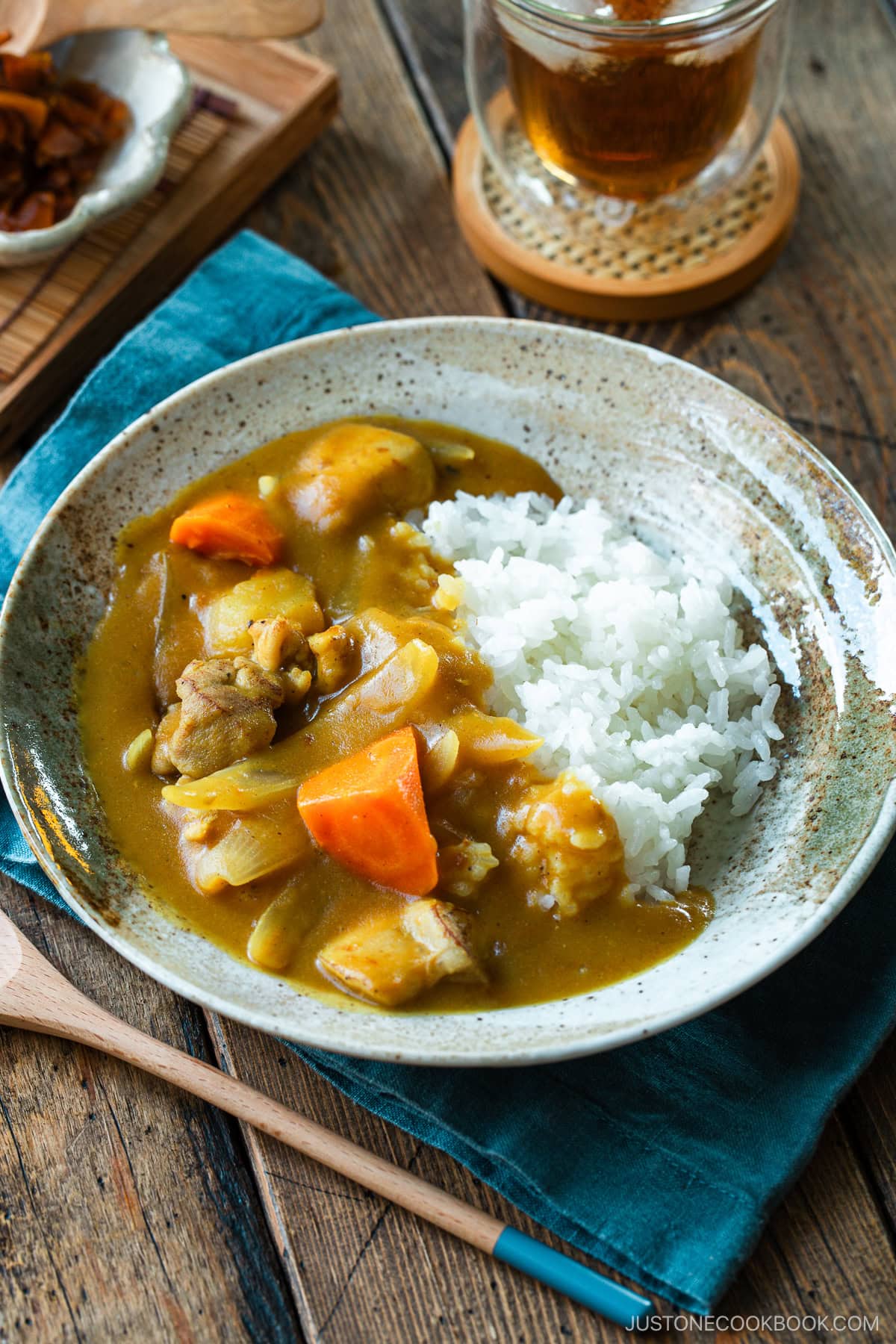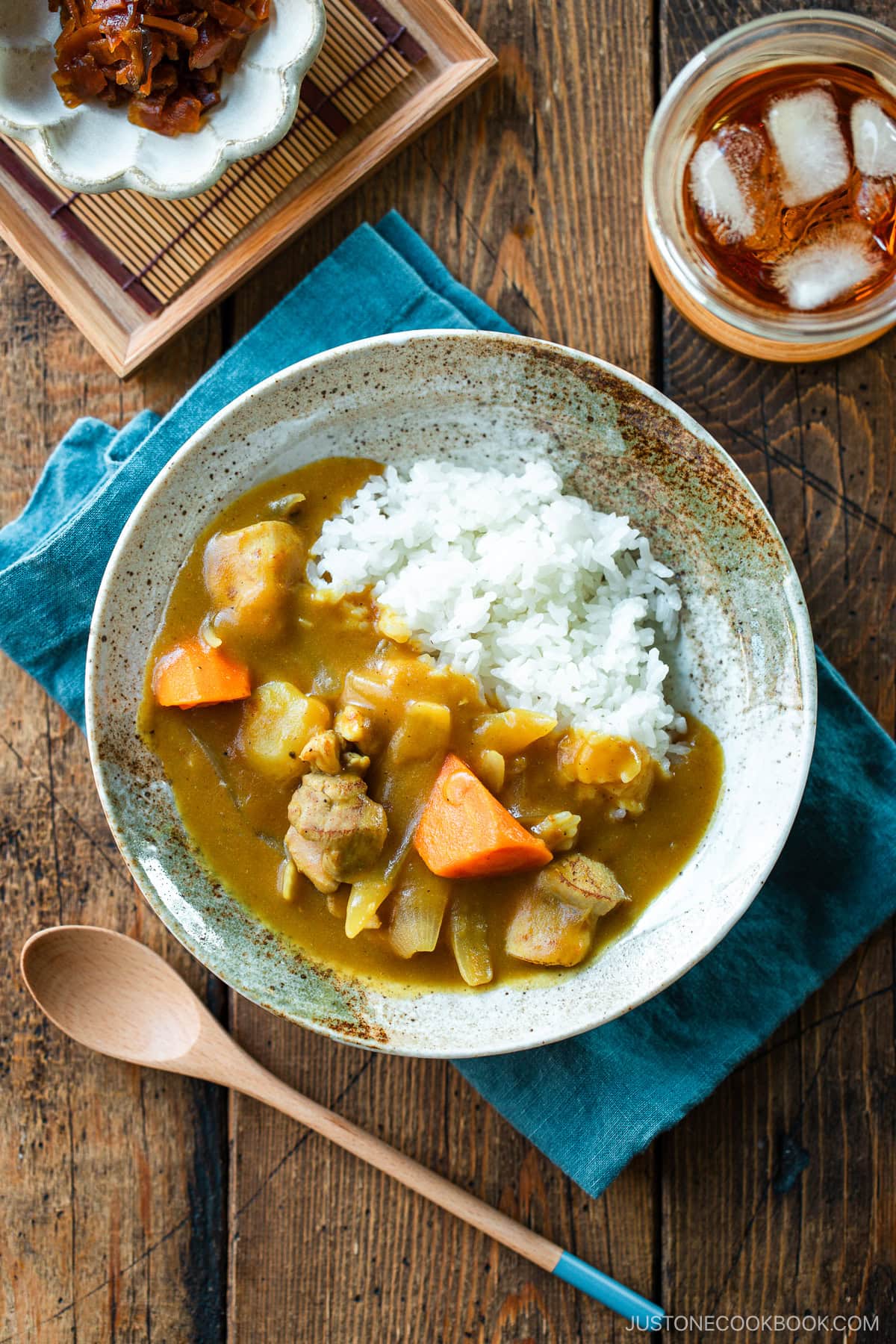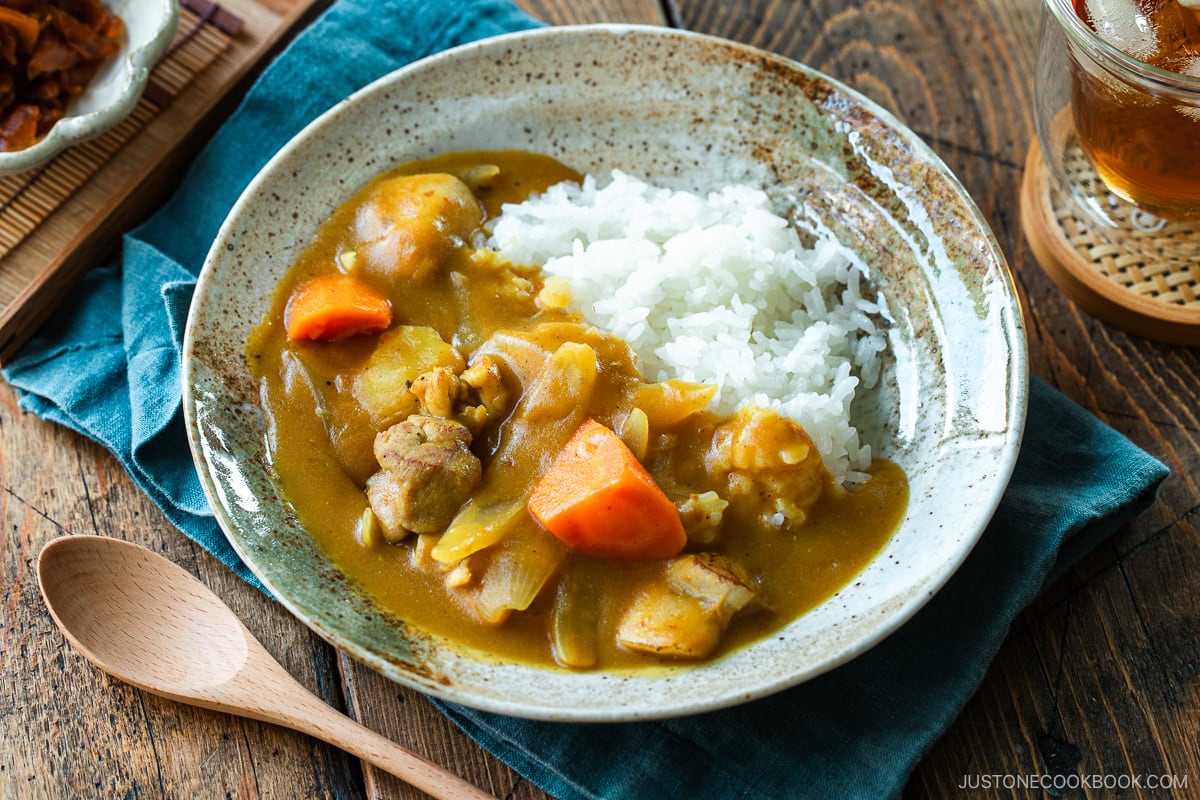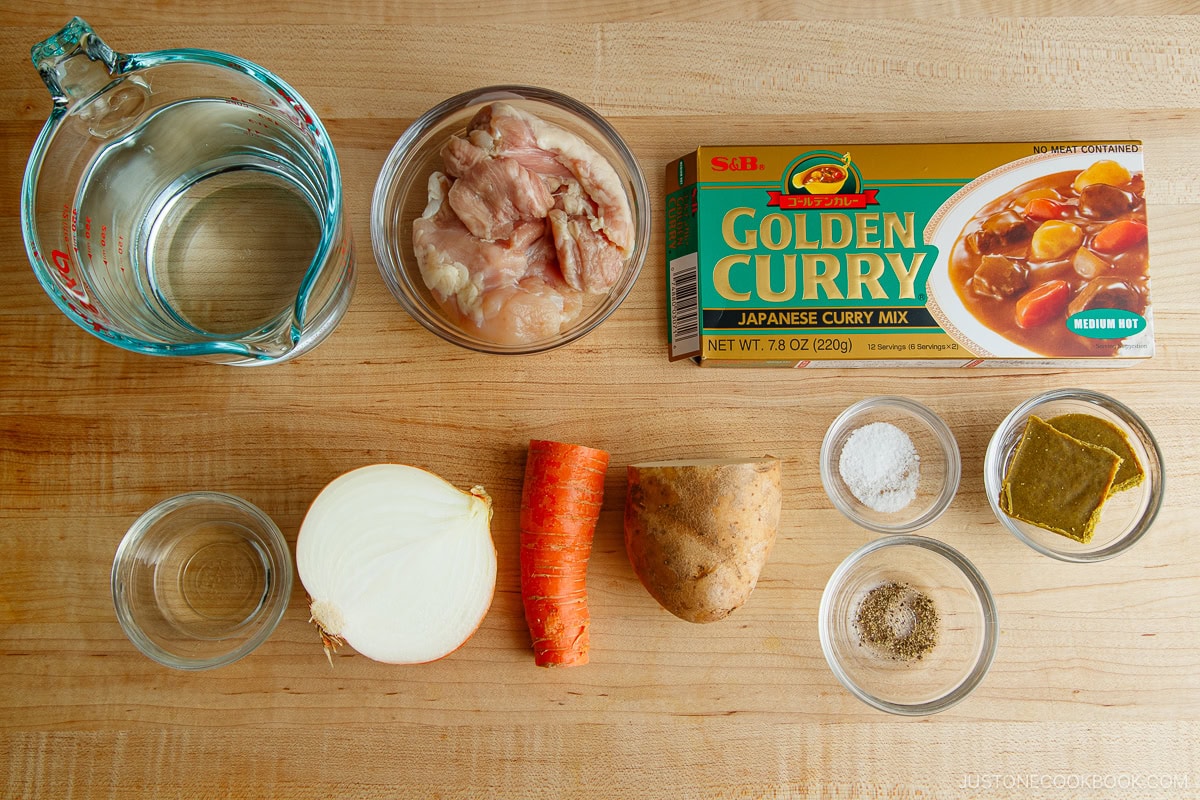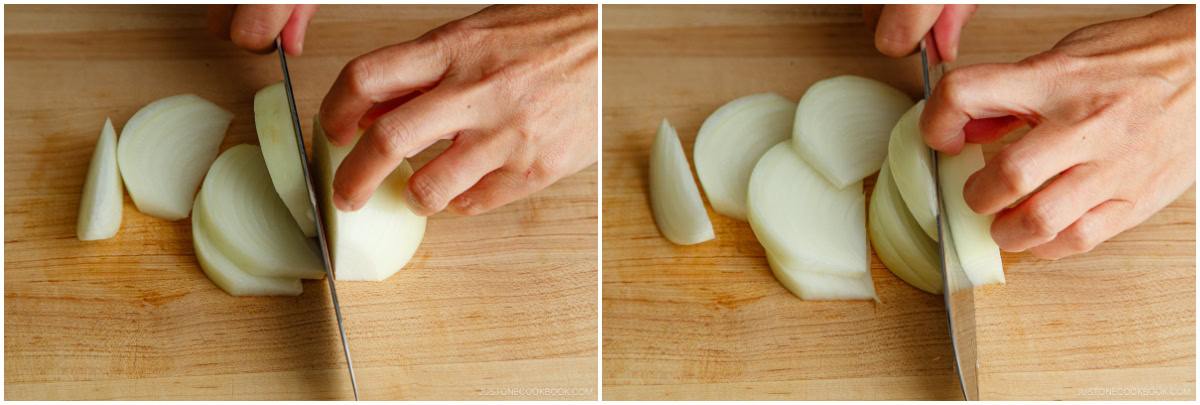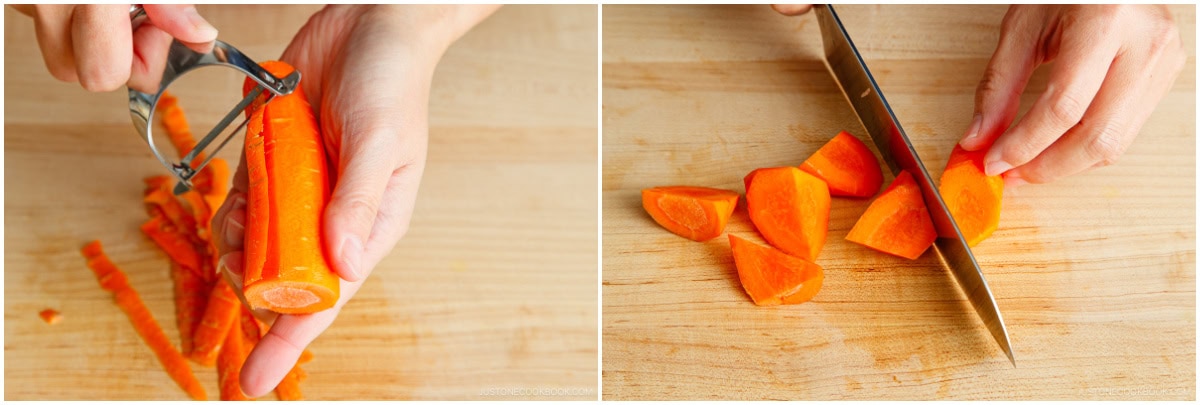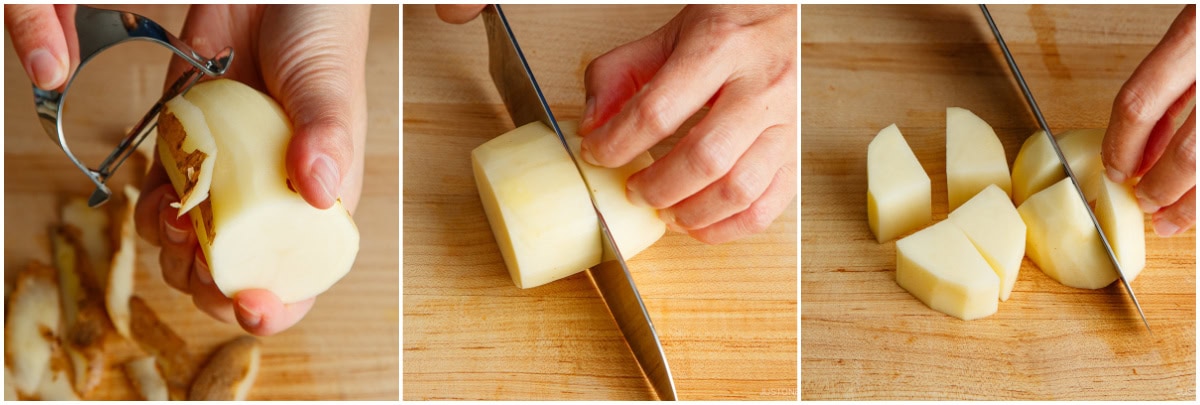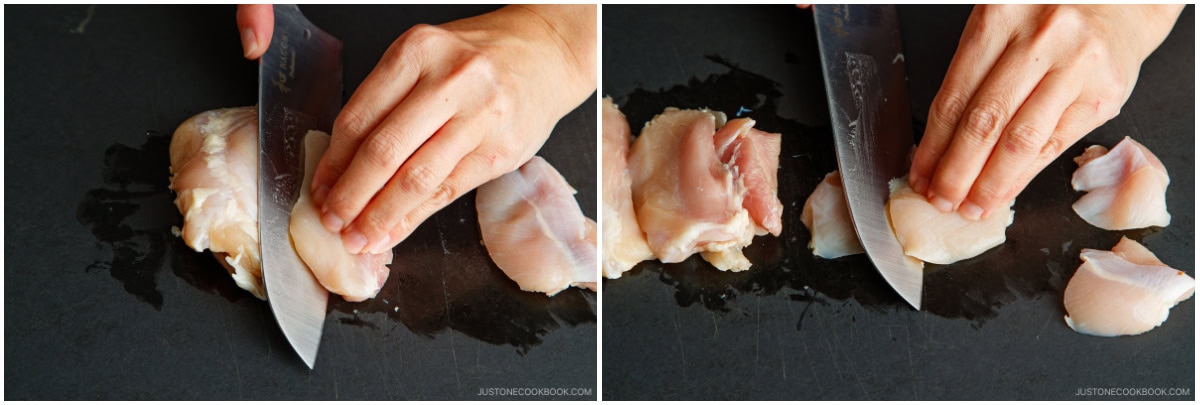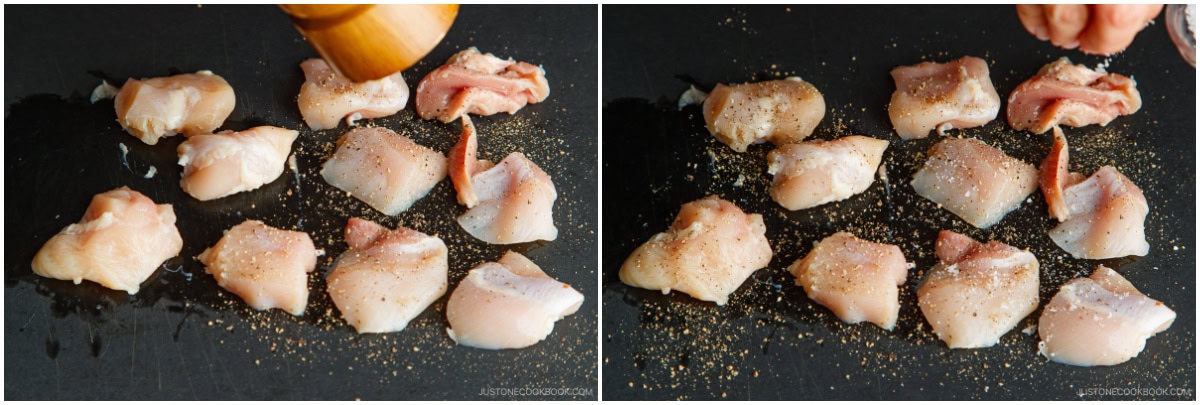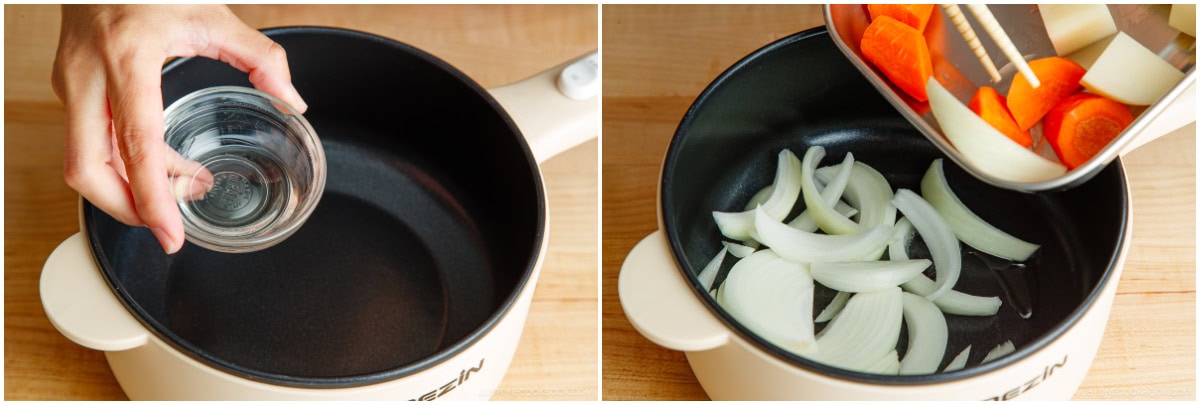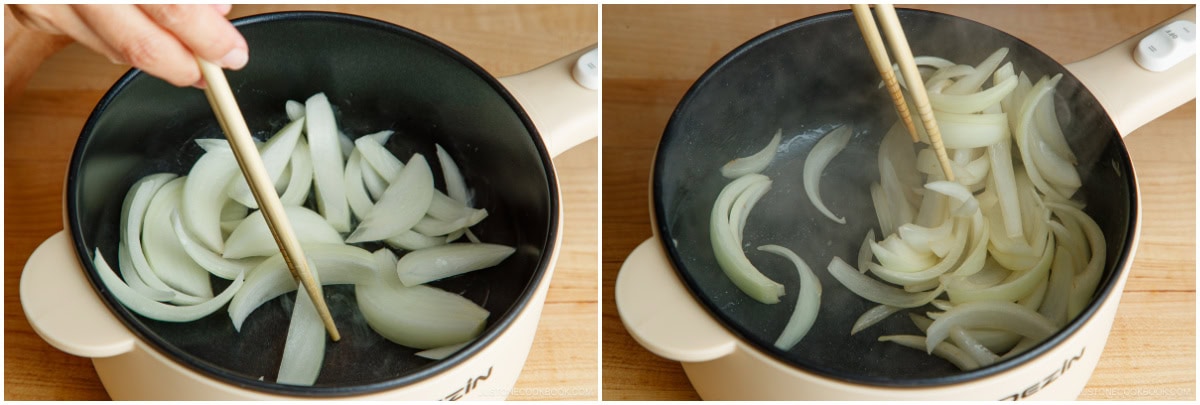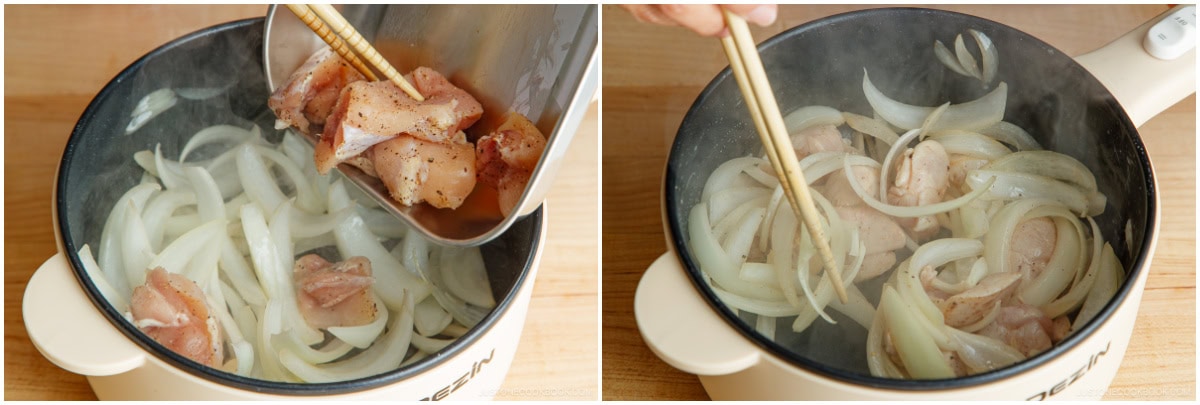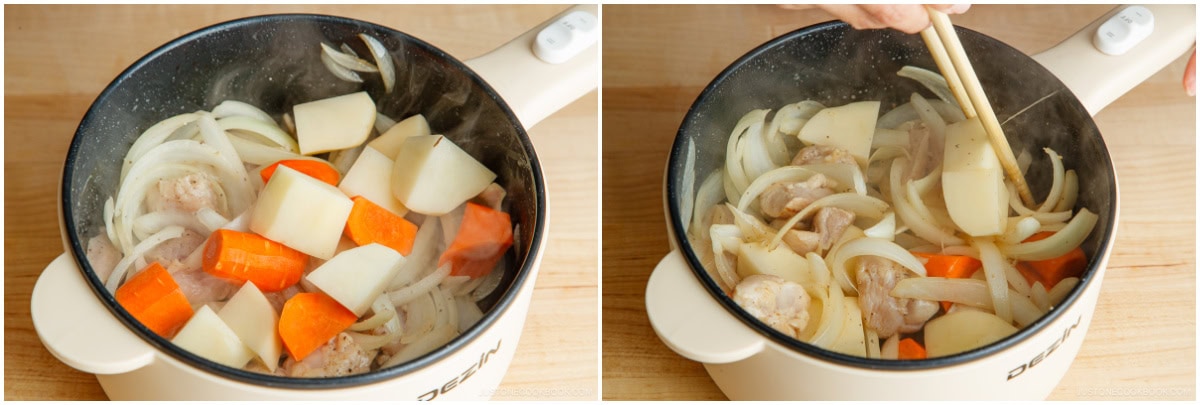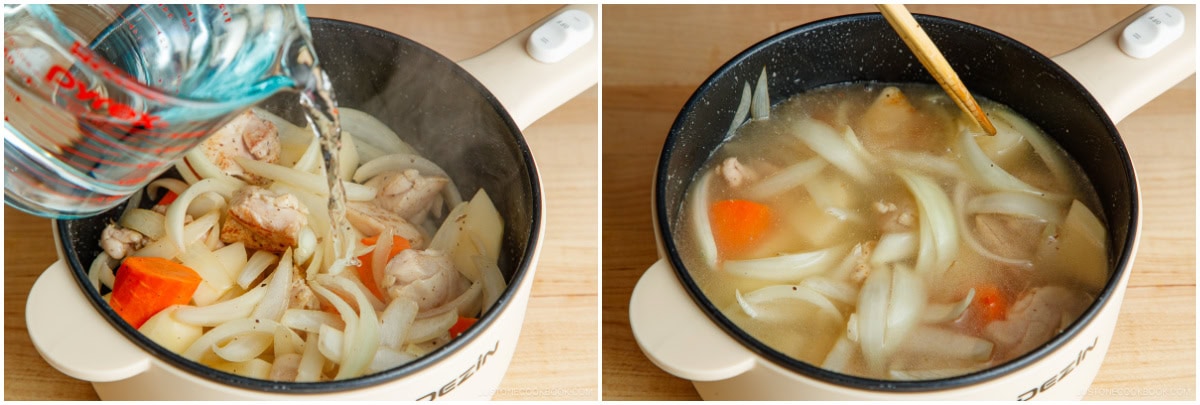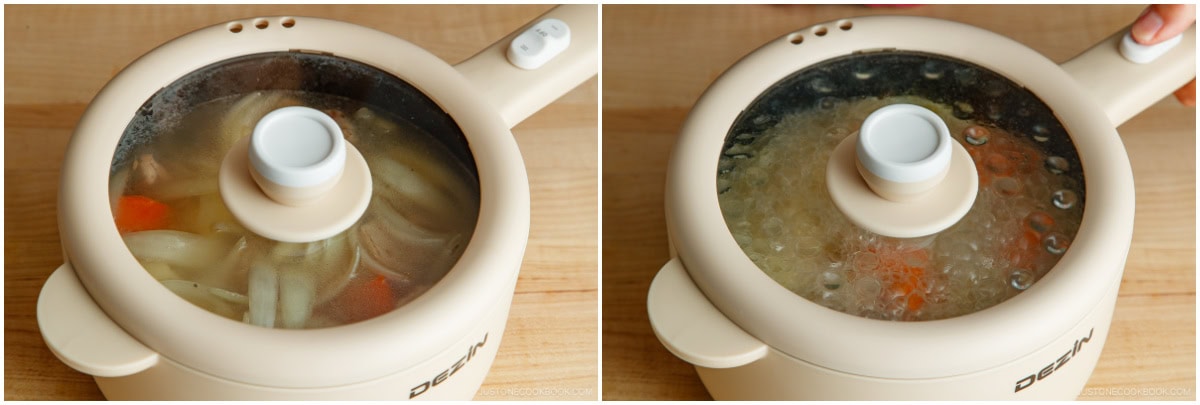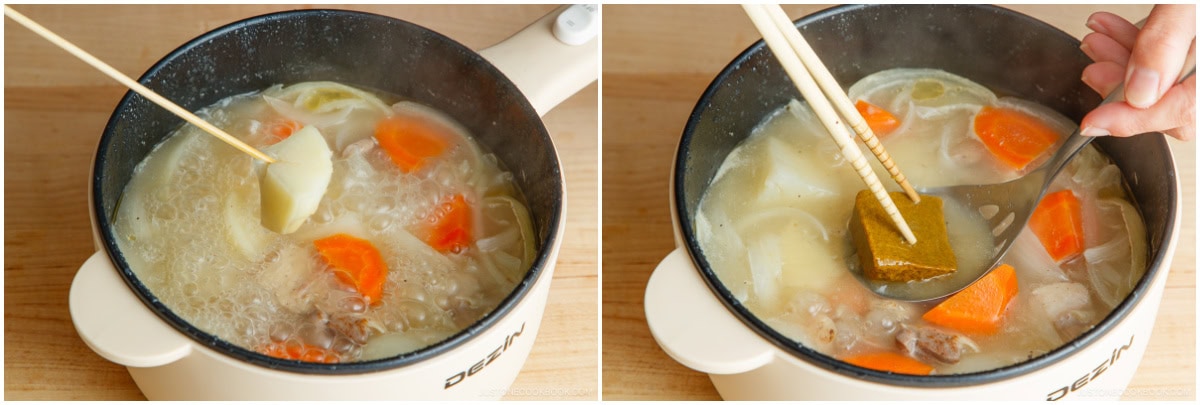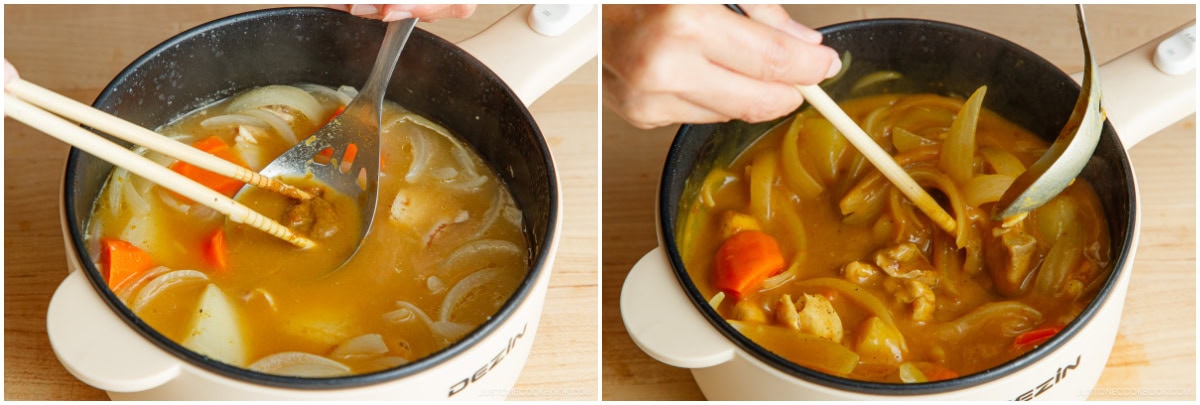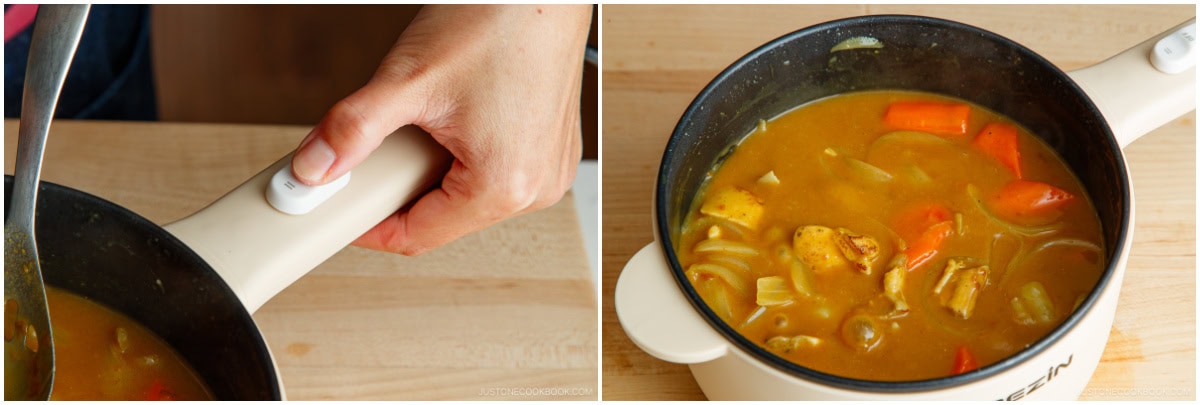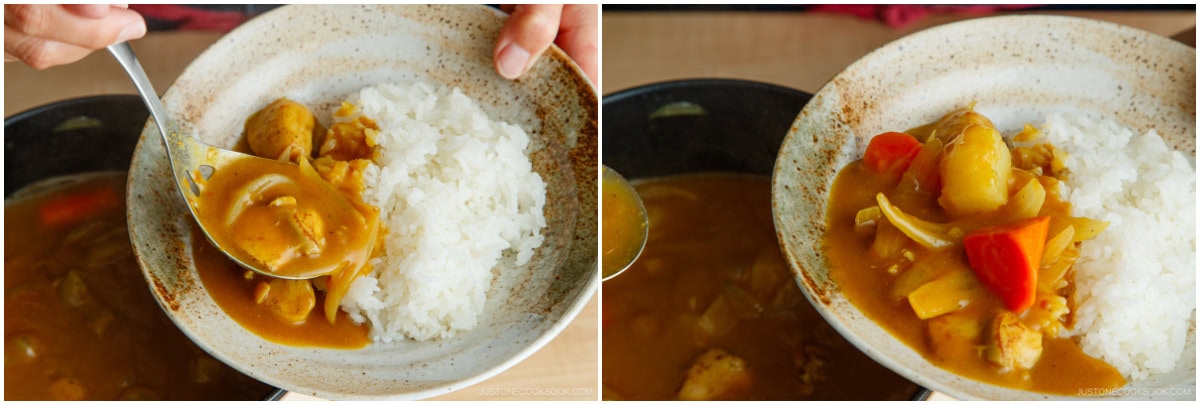Cooking the iconic Japanese curry typically requires some simmering time, but what if I told you that you can now make it in just 10-15 minutes, especially with a Dezin Electric Cooker? My son, who is now a freshman in college, jumped for joy when I taught him how to make the curry using this versatile pot. He was astonished by how easy it was and was proud that he could make a great pot of curry on his own! This recipe is designed for our Easy College Meal Series and will be handy on cooler days or when you have a curry craving.
Japanese Curry at a Glance
Japanese curry, alongside sushi and ramen, is one of my most popular recipes on Just One Cookbook! We consider Japanese curry a cornerstone dish of Japanese home cooking. Many readers, including those new to making curry, have had great success. With mild sweetness from vegetables, layered fragrance from the curry roux, and a creamy richness that will warm you right up, Japanese curry is indeed one-of-a-kind. I often describe it as the best beginner-friendly curry to introduce to kids and adults who can’t tolerate heat. That said, it is a must-try for every curry enthusiast! 🍛 You can read about its origin and get in-depth cooking tips in my original recipe (ideal for big batches), but if you wish to cook the curry quickly in a smaller portion, this recipe is for you!
Why You’ll Enjoy this One-Pot Curry
Ingredients You’ll Need
Onions Carrots Potatoes (Yukon gold or Russet) Boneless, skinless chicken thigh — see below for substitutions Freshly ground black pepper, salt, oil, water Japanese curry roux Japanese steamed rice for serving Fukujinzuke (Japanese curry condiment) (optional)
Substitution Tips
Chicken — You can substitute the chicken with beef, shrimp, seafood, mushrooms, other vegetables, and tofu. If you use tofu, you just need to warm it up, as it’s already fully cooked. I recommend draining tofu for 15 minutes before use, as it contains lots of moisture. Add the drained tofu to the curry for 3 minutes to warm it up.
How to Make Easy Japanese Curry
Recipe Tips
Cut ingredients into uniform shapes so they cook evenly. Make sure all ingredients are fully submerged in the cooking water. Use a spatula to push them down before covering the pot with a lid. Keep a few bamboo skewers in the kitchen. They’re handy for both cooking and baking. I use them to check the doneness of potatoes and cakes. Turn off the heat before dissolving the curry roux. Thick roux can burn easily at the bottom of the pot if you’re not careful. I recommend turning off the heat when adding the curry roux, then turning it back on to thicken the curry. With heat, the curry will naturally thicken in just a few minutes. Dissolve the curry roux inside a ladle until it fully melts. This will prevent chunks of roux from floating in the curry.
How to Store
To Refrigerate: I recommend storing leftovers in a glass airtight container (to avoid stains!) and keeping them in the refrigerator for up to 3 days. To Freeze: Store leftovers in a glass airtight container, removing the potatoes, as their texture will change. Defrost the frozen curry in the refrigerator for 24 hours before serving. Stir in a bit of water to loosen the thickened sauce, then gently reheat on low heat, stirring frequently to avoid burning the sauce. To Reheat: Gently reheat on low heat on the stove, or cover your bowl and reheat in the microwave.
Easy College Meal Series
I started this College Meal Series for my son, who started college this fall, but I hope it will benefit anyone who needs comforting recipes that are easy to make. We use this Dezin Electric Cooker to cook many of his favorite dishes, and it has been a lifesaver! You can still use your saucepan or frying pan for these recipes if you don’t feel the need to get the cooker. Here are the recipes we’ve shared for the Series so far:
10-Minute Elevated Instant Ramen 10-Minute Napolitan (Japanese Ketchup Spaghetti) 10-Minute Oyakodon 10-Minute Yaki Udon
Please check back for more! Also, don’t miss the video where my son will show you how to make Japanese curry on Instagram!
